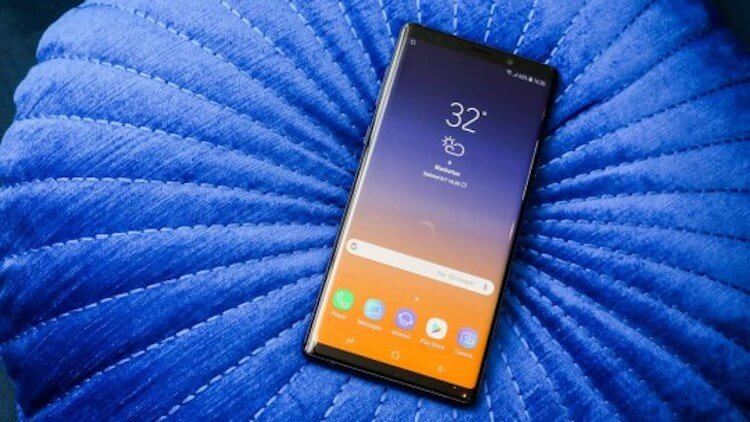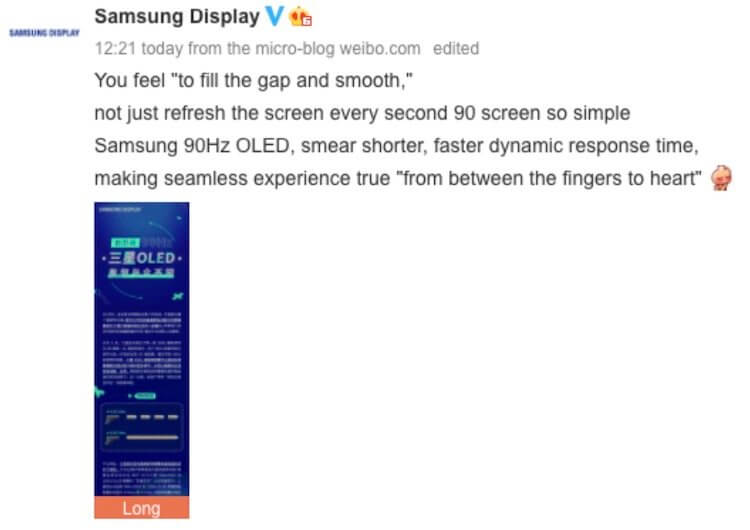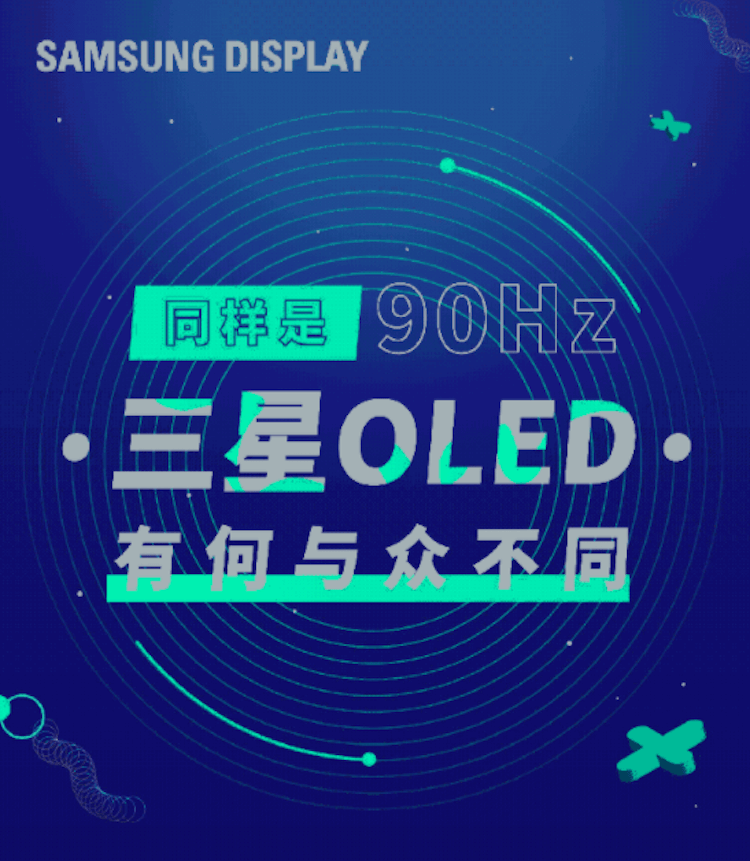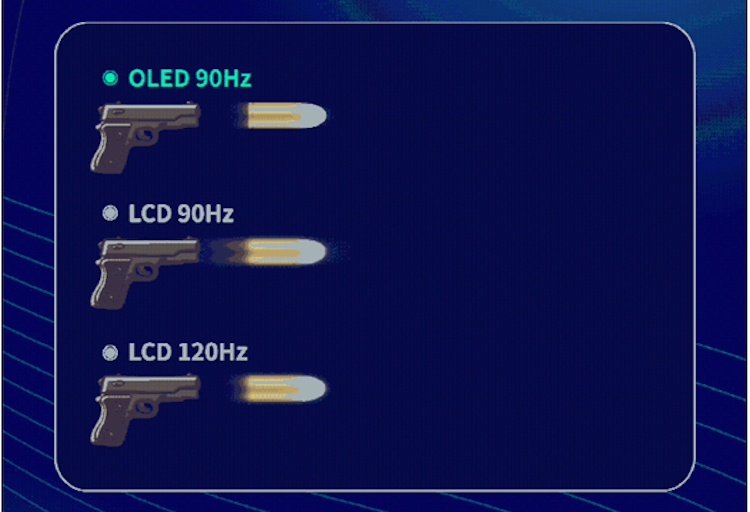Recently, there has been a clear desire by smartphone manufacturers to work towards increasing the refresh rate of the screen. Previously, they somehow did not think about it, but now it is time to change something, and this vector was chosen. As it was with megapixels, now many are staring at hertz, but there is no particular sense in this. Samsung said that the refresh rate of the screen is not as important as something else. What really affects the perception of the picture on the screen. We can say that Samsung is simply filling its own price, since it cannot make screens with a frequency of 120 Hz, but it is worth listening to its arguments at least because of the fact that it is Samsung who “runs” the screen market and owns almost all technologies. many of which were invented by its engineers.

Samsung makes displays for everyone.
Displays with a refresh rate of 120 Hz
Most flagship smartphones are now equipped with displays with a refresh rate of 120 Hz or at least 90 Hz – even this value was not even mentioned a couple of years ago. Apple made iPad Pro and that was it. Smartphones have been slow to accept such improvements for a long time. Now even mid-range devices have begun to actively add to the refresh rate and have reached 90 Hz.
Last year Samsung announced its OLED 90Hz display. The company claims to have optimized the high-speed movement in it. The company even claims that with the release of the new product OLED, 90Hz panels are just as good as 120Hz LCD panels. This applies not only to smartphones, but also to other screens. In the end, they work roughly the same way.
Is display response speed important
Samsung screens made with technology OLED have a response speed of no more than 14ms at 90Hz and 11ms at 120Hz, according to SGS, a global certification company.

Sometimes Samsung shares useful information.
The response speed is achieved due to the fact that there are no liquid crystals in the design, which are more inert than the elements OLED of the matrix. The most important limitation is the electron mobility and their current-controlled characteristics. This ultimately results in a more natural and faster display. Interestingly, the response speed can be increased if the matrix is slightly modified.
The screen refresh rate is a calculated value that indicates how quickly the image on the screen refreshes. That is, how many times the image can be redrawn in one second. Simply put, a 60Hz screen can display video at 60 frames per second, while a 90Hz display will show 90 updates per second. It turns out that the refresh rate indicates how much smoother the image change will be.

Sometimes 90 frames per second is better than other values.
For comparison, imagine watching a video in which the frame changes once a second. This is already some kind of filmstrip. That is why, the higher the refresh rate, the less the dynamic picture differs from what is happening in reality. This is especially important when watching action videos and playing computer games. And also in the smartphone interface – the smoother the picture moves, the more responsive and powerful the device seems.
Cons of high refresh rate displays
Screens with a high refresh rate really make it possible to experience a dynamic movie scene, but, for example, when reading a book from the screen, it will simply not be noticeable. That is, different users will appreciate the same screen differently. It will give some people the opportunity to feel all the dynamics, while others will think that nothing has changed with the transition to the new display.
At the same time, it is not enough just to put a screen with a higher refresh rate. We also need to give the device productive hardware that can calculate such a high refresh rate. And you also need to understand that calculating such a refresh rate requires a battery resource. Systems that automatically adjust the refresh rate solve this problem, but why go for more when you can take less and get more.

A visual comparison of the picture quality on different displays.
According to Samsung, a display with a 90Hz refresh rate can show a better picture than one that offers 120Hz. The main thing is to choose exactly OLED – the matrix. A visual comparison of the displayed picture clearly demonstrates all the possibilities of the OLED – matrix. Agree that fewer frames are better, but without a loop.
It turns out that once again we have received proof that the marketing numbers that we are stuffed with at presentations do not say anything in terms of the real quality of the product. In the case of screens, the image refresh rate is not so much important as the matrix response rate. If it is not enough, then we get “soap” instead of a good picture. In this case, as they say, why do we need it at all? Just put the battery once again.
